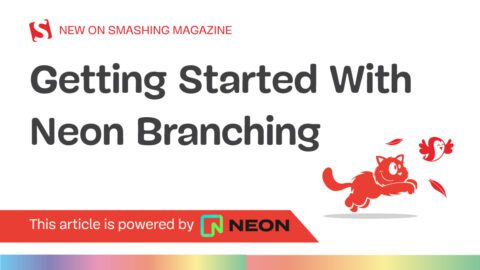
In UX design, metrics are used to measure how something is performing, and the “Net Promoter Score” (NPS) is recognised as being the gold standard of measuring satisfaction. Satisfaction may be a fairly good indicator for success when assessing your customers, however, there is often little or no connection between satisfaction and loyalty when it comes to services. Often it’s customer effort that is the decisive factor in determining whether a customer’s needs are being adequately met.
In this article I will go into more detail about when to use NPS, and when, instead, you should use the “Customer Effort Score” (CES).
At the Company Level: Use NPS
NPS is good when you’re running a business that depends on word of mouth referrals. It’s more than just having a good reputation or solid service, it’s about having evangelical customers; customers who will promote your product or service to others.
NPS is calculated by subtracting the percentage of detractors from the percentage of promoters. People who are indifferent fall under the umbrella of passives.
The best way to determine whether this metric is the right one for you is to apply it to an example.
Example: Indoor Soccer Business
Let’s say you have the goal posts, coloured vests, ball and equipment for refereeing the match. You organise the games. People show up and you arbitrarily match the teams up against each other.



Example Marketing Mix
- Price: $15 (most other places charge $10).
- Product: no grading, players at different levels playing, massive differences in skill and ability and in turn competitiveness.
- Promotion: text messaging with templated messages, discounts offered when desperate for players.
- Place: games are in the south eastern suburbs, which is good for only about half of the players on the list. For the rest it’s an inconvenience.
Result
You don’t need to calculate NPS to realise that this business model would have some issues with customer satisfaction. This is just an extreme example to give you a better picture. Obviously, the price and marketing wouldn’t put most people off if it’s fun and happens every now and then, but coupled with games that aren’t competitive, you might start getting a few detractors.
Takeaway
- NPS is at the company level and measures multiple factors.
- All of these factors have a knock on effect. One or two of them may or may not have any impact, but together there may be a negative impact.
- NPS needs qualitative data to give context (i.e. why users are or aren’t happy)
From a Service Perspective: Use CES
The Customer Effort Score (CES) metric is good for measuring services.
Unlike NPS, sometimes having a solid service is enough. In other words, something where the user can get the task done or accomplish their goal with little to no fuss. With this perspective, you’re not measuring promoters, but how hassle free your service is.
Customer Effort is measured by asking one single question: “How much effort did you personally have to put forth to handle your request?”, scored on a scale from 1 (very low effort) to 5 (very high effort).
Again, I’ll give you some context with an example. This time I’ll use a lead generation platform for sports coaches & managers.
Example: Lead Generation Platform
You have surplus leads and you’re looking to offer them for free to sports organisations (perhaps to businesses like the grassroots indoor soccer example mentioned in the NPS section above). You’re offering them up by sport type and location. For more competitive terms (e.g. inner city, indoor soccer), sporting organisations must bid for leads.



Example Service Blueprint
- Line of Interaction: attendee actions: Watching an onboarding video to learn how the bidding system works. A bit of a learning curve.
- Line of Visibility: back of stage interactions such as sales staff getting high quality leads.
- Line of Internal Processes: support processes such as help requests, scheduling demos and other training.
Result
Although the value proposition above sounds great. NPS as a metric might not be the best factor to measure. It may not give you the insights you’re looking for. For example, people may say they love the service (free leads and training!) but not actually use it because they’re not a tech savvy audience, or it takes too long (too much effort) to learn how the bidding system works, or they may have another solution that’s easier and less hassle. Therefore, you may be looking in all the wrong places with NPS!
Takeaway
- When providing services it’s not always about trying to delight your customers.
- Exceeding expectations isn’t always the best strategy. There is often little relationship between satisfaction and loyalty.
- When it comes to service, companies create loyal customers primarily by helping them solve their problems quickly and easily.
Conclusion
By selecting appropriate metrics for services we can get a better understanding of how to change the emphasis on our customer service interactions. Framing the service interaction in terms of making it super simple for users to achieve their goal or complete their task.
Once we do this we can introduce broader metrics such as NPS to look at outside factors such as price, placement, promotion and product to help us get a more holistic understanding of how our business may be performing in terms of satisfaction. With the understanding that there is not always a connection between satisfaction and customer loyalty.








Recent Comments